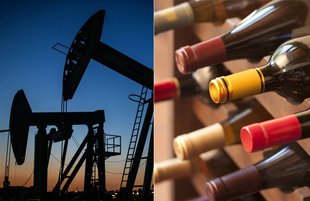Investing In Oil vs Wine: Which Is The Better Investment?
There is no shortage of assets to pick from for investors looking to diversify. You may have come across oil and wine as two potential options.
Both offer substantial benefits, so how do you pick between the two?
Let’s delve into investing in oil vs wine, 5 reasons you should consider investing in wine, and how Vinovest makes it easier than ever to invest in the world’s best wines.
Further reading
- Explore this article if you're interested in how Fine Wine Compares To Property.
- If you’re new to wine investing, consider Investing In Second Wines.
Investing in Wine

Investment grade wine is different from many other alternative investments, like real estate. Historically, wine prices have meant it was reserved for the wealthy who spent decades studying wine economics and refining their palate.
Today, that’s no longer necessary.
Needless to say, you won't be a successful wine investor by buying a $10 bottle of wine from your local store.
Historically, Burgundy and Bordeaux wine have dominated the wine investing scene. High-quality wine from Rhone Valley and Italian wine are also considered great investment wines, as are those from California and Australia.
You should aim for a good mix of labels and regions in your portfolio, including a wine bottle from an emerging region or two!
Why Is Wine a Great Alternative Asset?
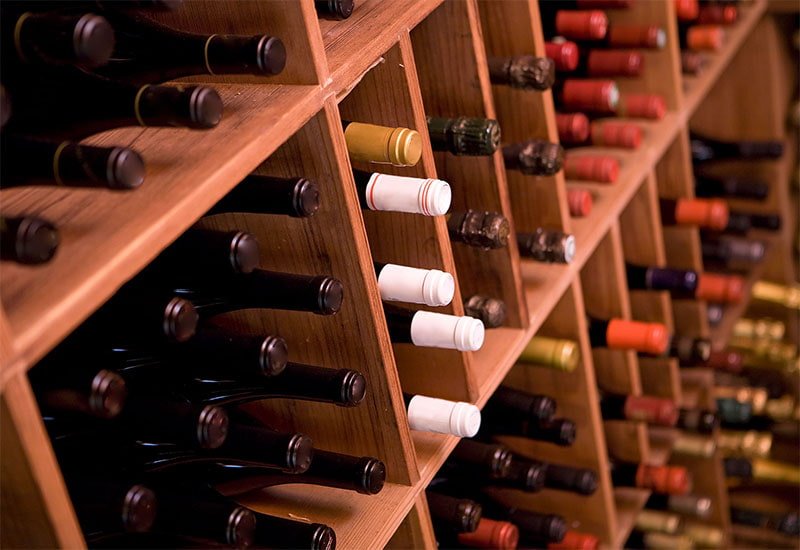
Like many alternative investment options, fine wine can offer excellent diversification. Where more traditional investment avenues like stocks and bonds rise and fall, fine wine has a minimal correlation with the stock market.
Recent years offer an excellent example of this. Reeling from the Covid-19 pandemic, the Dow Jones slumped more than 20% in the first quarter of 2020. On the other hand, the Vinovest 100, a proprietary index that tracks 12 fine wine markets worldwide, grew by 1%.
This isn’t an anomaly either. The fine wine market has a long history of providing above-average earnings, with a 13.6% annualized return over the last 15 years ending 2021. By comparison, the Dow Jones offered a 7.8% annualized return over the same period.
Why?
Part of that reason is its low volatility, remaining relatively predictable even when there’s uncertainty in traditional markets. This is because wine economics differs from traditional economics.
Fine wine has an inverse supply curve. In other words, the quantity supplied has a greater effect on wine prices. Therefore, the longer you hold on to a particular wine, the more valuable it becomes.
It’s important to note that wine is generally a long-term investment. If you’d like to see returns, you should expect to hold your wine investment for at least three years.
Wine is also a tangible asset with intrinsic value. This makes it beneficial as a means of preserving wealth.
As an added bonus, investing in quality wine is considered less volatile than real estate.
Investing in oil

Oil is an economically vital resource, providing the bulk of the world’s energy for transport and materials for manufacturing. It’s the most traded commodity, with many of the world’s largest economies almost entirely dependent on oil.
What Makes Oil a Good Alternative Asset?

Despite the global trend toward more renewable energy, fossil fuels still provide as much as 90% of our global energy. As such, demand for crude oil is unlikely to wane for the foreseeable future.
Like fine wine, adding crude oil to your investment portfolio includes several benefits. The objective of every investment is to generate an income, and oil can be an extremely lucrative asset.
Oil and gas direct participation programs have the potential for outstanding payoffs. Additionally, investors can write off almost their entire investment, and the cash flow from a successful well can last decades.
Aside from the return potential of crude oil investments, tax breaks are another major benefit to oil investments. Several major tax benefits are available exclusively for oil and gas investors, so your income is partially protected.
However, there are some drawbacks too.
Oil investments are often out of reach of the traditional investor. Generally, only high net worth individuals qualify as accredited investors, given how risky, complicated, and expensive a direct participation program is.
Consider the volatility
Oil prices are notoriously volatile with extreme price swings occurring in both emerging economies and advanced economies. Recent years serve as the perfect example. Between 2010 and 2021, the return rate on oil investments jumped from losses of over 45% to gains of 55%.
2020 alone was a wild year. The Covid 19 pandemic destroyed demand and collapsed commodity prices. At the same time, Saudi Arabia and Russia were locked in a price war. The result saw oil prices tank from a high of $63.27 a barrel to negative $37 a barrel.
Then, a supply shortage in 2021 sent commodity prices surging, carrying its returns to over 55% from a loss of 20.5% the previous year.
Part of the reason for these price swings is oil’s cyclicality. The oil and gas industry tends to move in cycles, making investors likely to experience various boom and bust periods.
Inelastic supply
Additionally, the short-term supply of oil is inelastic. So, if there’s a sudden rise in demand, it takes time for producers to increase supply. Further, it may not always be possible to increase the oil supply.
While on the surface it seems that fine wine and oil don’t share too many similarities, studies have shown that fine wine and oil have shared a high correlation in the past.
According to a study by the International Monetary Fund, oil and fine wine both have relatively inelastic supply, so changes in demand have a greater impact on the asset’s price.
This implies that adding oil to a portfolio containing fine wine won’t necessarily aid diversification.
As such, it’d be best to pick one asset over the other.
So which should you pick?
The Argument For Investing In Wine Over Oil
Wine is a valuable addition to your investment portfolio. Here are a few reasons why:
1. Solid returns

A fine wine investment has the potential for healthy returns. According to the London International Vintners Exchange, or the Liv-Ex 2021 annual report, Fine Wine 100, which tracks the 100 most sought-after wines on the secondary market, returned 25.68% over the last two years, beating gold, oil, and the Dow Jones Industrial.
This trend continues through the long term as well. Between July 2001 and July 2021, the Fine Wine 100 has risen by 270.7%, beating the S&P 500 by eight percentage points.
2. Limited supply

Being a hard asset, fine wine production is extremely limited. Very little investment grade wine is produced each year. And as people drink them, those wines become increasingly rare. This scarcity, coupled with wine’s ability to improve with time plays to the favor of wine investors.
Some top wines from Burgundy and Champagne have outpaced the index, with prominent First Growths like Lafite Rothschild, Haut-Brion, and Mouton Rothschild remaining the strongest sellers.
Additionally, cult wines, or those perceived as trophy wines, command large sums. There are several potential cult wine investment opportunities. Screaming Eagle Cabernet Sauvignon is one of the best examples. Additionally, if you have a taste for Italian wine, Bruno Giacosa and Tenuta di Biserno offer some great cult wine investment opportunities.
3. Accessibility
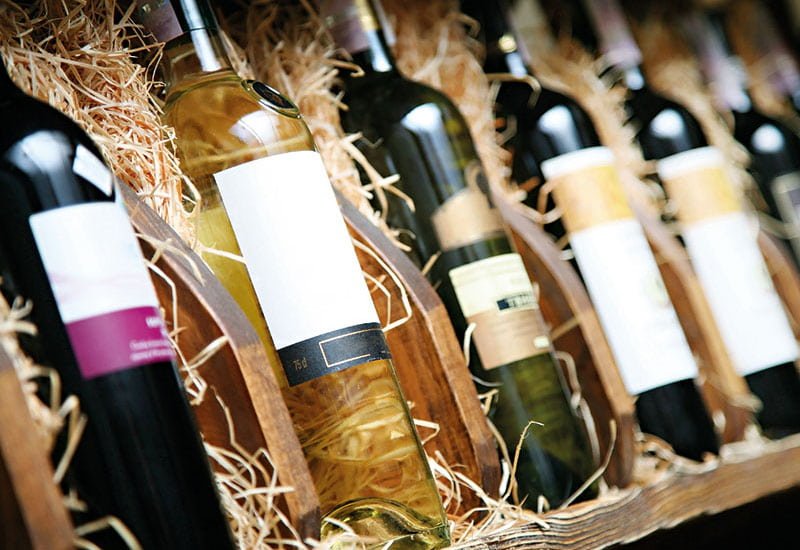
As a hard asset, auction houses were the most popular means for high net worth individuals to invest in wines.
Now, wine investment companies like Vinovestare making wine investments easier than ever, so more investors take advantage of this sought-after asset.
By comparison, the oil market tends to be much more complicated, with significant price fluctuations sometimes occurring daily. Additionally, different oil grades trade under different markets, such as West Texas Intermediate (WTI) or Brent.
Oil also has various classifications: heavy or light and sweet or sour. It's essential to understand the differences before investing in oil.
4. Potential tax advantages

Depending on where you live, wine comes with a few tax advantages. If you’re investing in the US, your gains are subject to the maximum collectibles tax of 28%.
In the United Kingdom, fine wine is considered a wasting asset, meaning you likely won’t need to pay any capital gains tax. The same applies to investors in Hong Kong, Singapore, Germany, France, Austria, and many other countries.
With traditional assets, short-term capital gains are taxed as ordinary income. Depending on your taxable income, long-term capital gains are generally taxed at special capital gains tax rates of 0%, 15%, and 20%. These investments also incur trading fees.
You’ll also need to factor in the commission the brokerage firm will take on each transaction you make with them. By comparison, the only fees typically associated with wine investing are the tariffs incurred when trading across international borders and the shipping costs.
However, these fees amount to a fraction of the fees you'd have to pay for wealth management or regular trading costs.
5. Strong demand
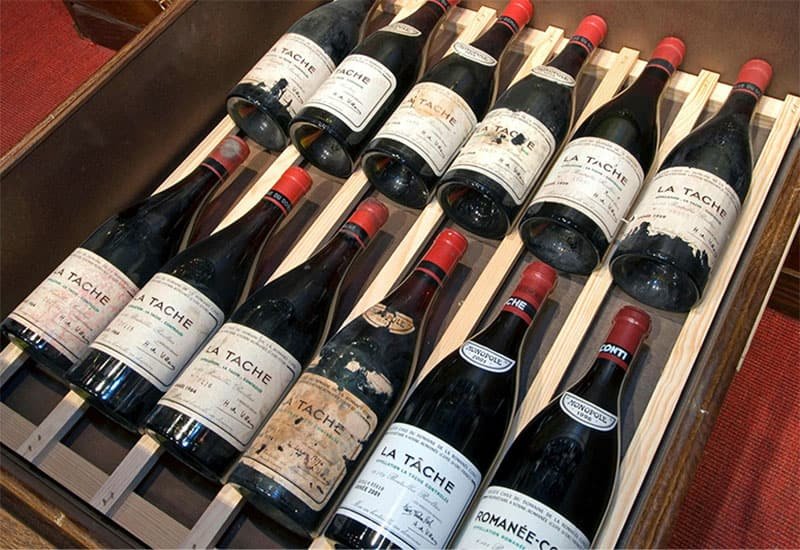
Americans consumed more than a billion gallons of wine in 2020, doubling American wine consumption since 1996.
And the future of wine investments looks just as bright. After abolishing US tariffs on European wine imports, US buyers look ready to invest heavily in wines, with demand for regions like Burgundy and Bordeaux wine already picking up.
This bodes well as demand is also climbing in emerging economies like Asia, Latin America, Africa, Russia, and many more as rising global wealth has led to an increase in fine wine investors.
What’s The Easiest Way Of Investing In Wine?
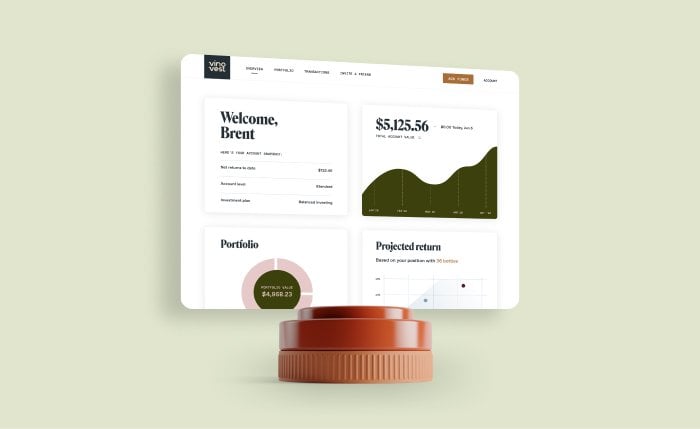
The good news is that adding wine to your portfolio is now easier than ever. Vinovest is a reputable wine investment platform that helps you buy, store, and sell cult wines from around the world.
The platform takes care of authenticating, storing, insuring, and selling your wine, saving you the time and money of organizing it all yourself.
Here’s how Vinovest works:
Step 1: Begin by signing up with your name, email address, and password.
Step 2: Fill out a short questionnaire. This will help Vinovest’s wine experts determine your investment style.
Step 3: Fund your account. You need a minimum of $1,000.
Step 4: Build your portfolio. Vinovest’s AI will recommend investments based on the answers you provided in the questionnaire.
Step 5: Enjoy a glass of wine while your portfolio grows.
There’s good news if you’re interested in whiskey investments. Rare whiskey’s asset value has grown by more than 564% over the last ten years.
Investing in Oil vs Wine: Which Is Best For You?
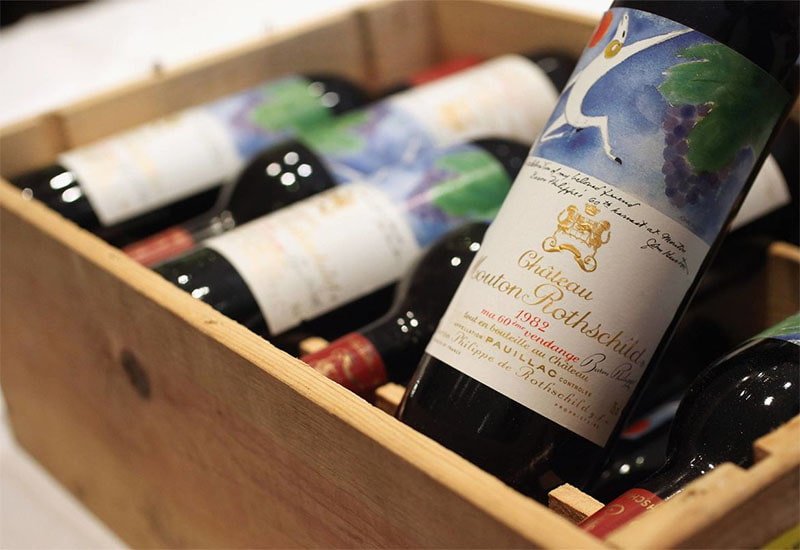
Although oil and wine share some similarities and are worthy additions to your portfolio, their similarities imply it’s best to pick one over the other.
Oil is certainly an alternative investment worth considering, with plenty of benefits, such as tax advantages and the potential for solid returns. However, oil is a complicated asset class to understand, prone to steep price swings, and has several unique risks.
A fine wine investment is tough to beat for investors looking for a more stable and predictable investment offering consistent returns. With limited fine wine production and strong demand, it’s a good asset to pick.
To take advantage of this lucrative asset class, head over to Vinovest. Simply sign up with the platform to get started.
